C&C’s Portfolio Ambassador, Peter McCombie MW examines the merits of this often overlooked variety, and speaks to renowned Aragon-based Garnacha expert and leading winemaker, Jorge Navascués..
These days it seems we want more authenticity, especially when we eat and drink. Yet, when it comes to wine, international grapes can seem ubiquitous, especially in the New World. Luckily countries like Italy and Spain have plenty of distinctive native varieties, but in truth these varieties are not always promoted with as much enthusiasm as they might be, perhaps because sometimes they are seen as inferior.
Sometimes, due to appellation and denomination labelling, the varieties themselves are lesser known. Ask the average consumer to name a Spanish grape and I’ll bet good money many people would answer “Rioja”. And despite Spain’s long established reputation as the source of generous red wines, I wouldn’t be surprised if the first Spanish grape they could name might be Albariño. Chances are, if our average drinker could name a red Spanish grape, it might be Tempranillo, now the country’s most widely planted grape and source of many of its most notable reds. So I’d like to explore a grape that is a little less well known, arguably both known and unknown: Garnacha.
Spain’s third most planted red variety and in the top 10 globally, Garnacha, hides to some extent, in plain sight. Famously, under the name Grenache in France, it is given due recognition as one of the holy trinity of Rhône grapes, a key component of Châteauneuf-du-Pape, Gigondas and other southern Rhône blends, with its Spanish roots discreetly ignored. In Sardinia they might allow a Spanish origin for Cannonau, but might also suggest it’s not quite the same thing as Garnacha or indeed, it really is an Italian grape.
Back home, alongside the Catalan spellings of Garnatxa & Garnaxa, Garnacha can be found behind any number of regionally specific names: including Alicante, Aragones & Lladoner. It is widely planted especially across north-east central Spain, notably in Aragón. Where it does enjoy its own name, it is arguable that its ubiquity hasn’t helped its reputation. Sometimes its very virtues are seen as vices.
Its tendency to produce high sugars and therefore alcohol, and its (at best) moderate acidity make it a useful partner to the more austere Tempranillo, providing stuffing and immediacy in Rioja and elsewhere. Combined with the fact that the highest and best vineyards in Rioja Alta and Alavesa are reserved for Tempranillo, Garnacha’s alleged second tier status seems confirmed. Yet Alvaro Palacios reminds us that some of the very highest vineyards in all of Rioja are in the supposedly inferior Baja subzone– recently renamed and rebranded Rioja Oriental. These have historically produced excellent quality Garnacha, that has disappeared into top notch wines, made at more glamorous addresses. It seems there might just be some correlation between elevation and quality when it comes to Garnacha.
Garnacha’s drought resistance, suitability for dry-farming and long-lived vines are other virtues that have perhaps been undervalued too. Its vines produce year after year, with minimal fuss, becoming part of the landscape, rather than demanding attention. Yet as we face the challenges of climate change these virtues are becoming more important both in terms of viability and sustainability and in terms of sheer wine excellence.
The re-invention of the Priorat zone certainly brought us wines that demanded attention. Here for the first time were serious Spanish wines made substantially from Garnacha. Many, though not all, were grown at higher altitudes, with old vines a rediscovered gift from the past. More recently we have seen considerable excitement with the emergence of new areas like Sierra de Gredos, an area in central Spain where three regions – Madrid, Castile & León and Castile La Mancha – meet. Comprised of a number of denominations of origin including DO Vinos de Madrid and DO Méntrida, we can find Garnacha vines planted at up to 1250 metres.
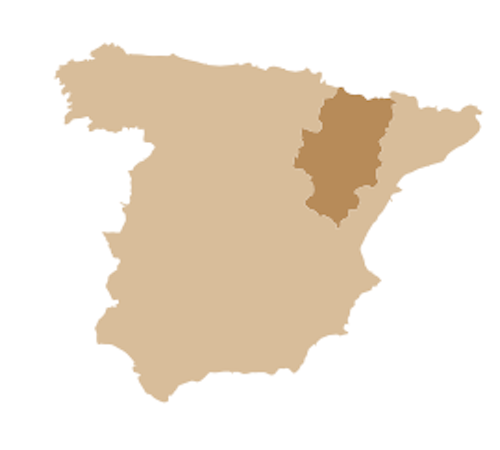
Aragón however, remains the heartland and likely birthplace of Garnacha, whose presence there can be traced back at least 500 years. Here we find several of the most important Garnacha-producing zones in Spain. The three most significant are DO Cariñena with 4,400 hectares of Garnacha, DO Campo de Borja, with almost 4,000 hectares and DO Calatayud with 2,000 hectares. In the late twentieth century many old vines in Spain were uprooted because of economics and labour difficulties, but within these three zones a wealth of old vine material has survived.
Cariñena, the largest of Aragón’s DOs and somewhat confusingly named after the Cariñena grape, has Garnacha dominant in its vineyards. The vineyards run from the River Ebro up to the Sierra de Algairén mountains and are mostly fairly high altitude (400-800m). The climate is continental with growers facing the extremes of hot, dry summers and cold winters with the additional seasonal challenges of high winds and hail. The wine industry here is in flux; an area where co-operatives have traditionally dominated is now seeing the rise of quality focused, estate producers. Here the name Navascués means something in wine. Local scion Jorge Navascués is famous across Spain for his winemaking skills at a number of wineries, not least Contino in Rioja. But before him, his father Jesús Navascués – also the son of a winemaker – had been making wine, at various cooperatives, not least at San Juan Bautista de Cariñena, where annually he turned 12 million kilograms of grapes into wine at the co-operative. Jorge started out making wine at the Cariñena co-operative, then at Pago de Aylés, the first Pago wine in Aragón and one of only 15 Pagos legally recognized in Spain and later at the groundbreaking Viña Zorzal in Navarra.
Today Jorge combines his prestigious wine making consultancies with his own projects, closer to home. In the village of Almonacid de la Sierra, high in the hills, within the DO Cariñena, Jorge and his father are working with special parcels of old, bush vine Garnacha that they believe have remarkable potential. Jorge’s huge knowledge of and experience with Garnacha, mean he is ideally placed to craft, from these venerable vines, wines that offer both varietal expression and speak of their origin, combining concentration and freshness, that represent the epitome of Garnacha.
Meet the Winemaker: Jorge Navascués

Peter: You started out working with your father at the San Juan Bautista co-op in Campo de Borja, have subsequently worked at a number of famous wineries, but you are back home in Cariñena with your own project. What is special about Cariñena?
Jorge: The San Juan Bautista de Cariñena cooperative in Fuendejalón (DO Campo de Borja) is where my father started out and made a name for himself and my grandfather was the cellar master there. I decided to develop my own wine projects a little further south in Cariñena – another of Aragon’s famous wine-making regions – for the simple reason that I really trust in the area’s terroir and potential and because I love the very specific profile and identity of wines made with the Garnacha grape in the town of Almonacid de la Sierra. Also, I’m lucky enough be able to age my wines in an underground cellar which dates back to the seventeenth century, which of course adds to the special character of the wines.
Peter: Garnacha is in the midst of a revival, certainly in terms of reputation, if not perhaps in planting. There is a move towards fresher styles, some of which, dare I say it are more ‘Burgundian’ in style. What is the secret? Terroir? Winemaking?
Jorge: It’s true, the Garnacha variety is enjoying a very welcome revival in the press at the moment after a few years in the shade. We’re talking about a grape variety that is really good at expressing its terroir but which also requires delicate handling because it’s capable of expressing itself in a variety of different ways depending on winemaking technique and the degree of ripeness in the vineyard. I’m delighted to have been able to develop this lighter, fresher style for my Garnacha-based wines, especially because in recent years I think there are far too many wines which are over concentrated and lacking in varietal identity. All that said, as winemakers we need to be careful; going to far to one extreme is risky and we need to be careful not to lose the true expression of the Garnacha grape.
Peter: Garnacha is said to come from the Ebro Valley, as does Cariñena (the grape). It is well known that old vines are considered vital for achieving quality with both grapes, but why?
Jorge: The older the better!! In my view, this rule is universal because the older the plant the better it adjusts itself to its conditions, and the quality, complexity and longevity of its grapes increases. In any case, we shouldn’t forget that it is still possible to make low quality wines from old vines whilst younger plants can still yield very balanced fruit which can produce high quality wines. All things being equal, I would always defend older vines over their younger counterparts, but we should always analyse and judge grapes for their balance and quality, rather than the age of the plant they come from.
Peter: Cariñena doesn’t have the kudos of Garnacha. It is rarely given star billing. Can you see yourself making a 100% or majority Carignan?
Jorge: I am making it already! Since 2018 we have been working hard, investing and experimenting to better understand the variety, and our largest production red wine already has about 15% Carignan. Since 2018 too, we have been bottling a single varietal Carignan with the Mas de Mancuso label, which is one of our more exclusive wines. We are convinced that Carignan is one of the great red varieties in Spain, and it is one of the few really interesting consequences of climate change: the variety’s levels of ripeness are better now than they were a few years ago, making it a natural partner to counteract the lack of acidity that for a few years now we’ve been seeing in other varieties like Garnacha and Tempranillo. No-one knows how far the Carignan grape will catch on in the press, but certainly from a viticultural perspective everyone who knows and works with the grape appreciates its value and strengths.
Peter: Ferran Centelles said this of Cutio red: “It makes me think of Ferran Adrià’s famous phrase: ‘better a good sardine than a bad lobster’. Well, this is the best simple wine I’ve tasted in a long time!” What is your secret here, how does your approach differ compared with when you are making more ambitious wines?
Jorge: There’s only one secret and it’s called Almonacid de la Sierra. The landscape situated at the foot of the Algairén mountain range in Aragón, the semi-mountainous climate and the age of the vines all help make our work much easier. As far as the actual winemaking process is concerned, again there are no big secrets. The key thing for us is to keep in mind that very clear picture of the style of wine we are after, and ensure that the ageing, mainly in underground concrete tanks but partly too in 500 litre barrels, helps us to achieve that.


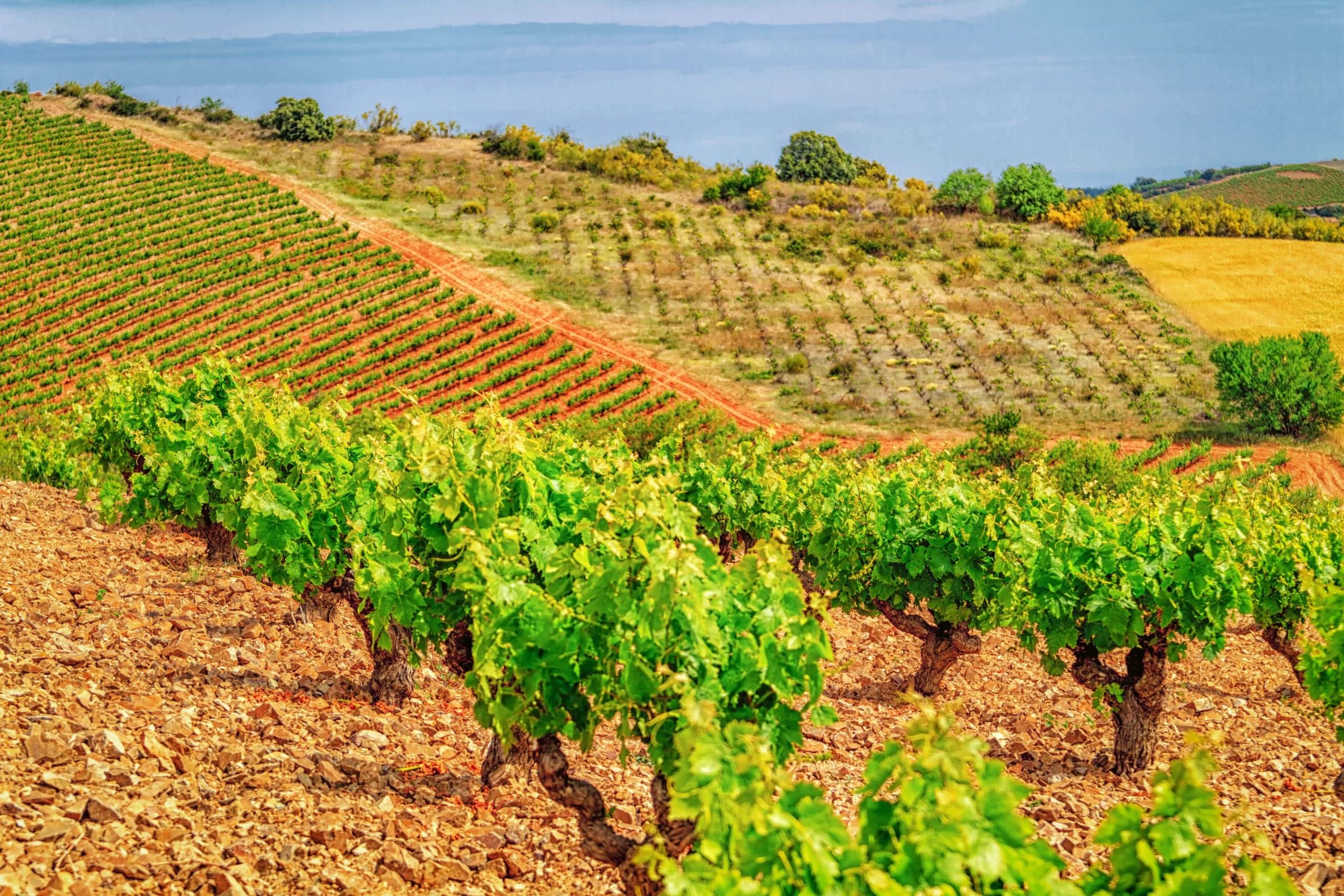




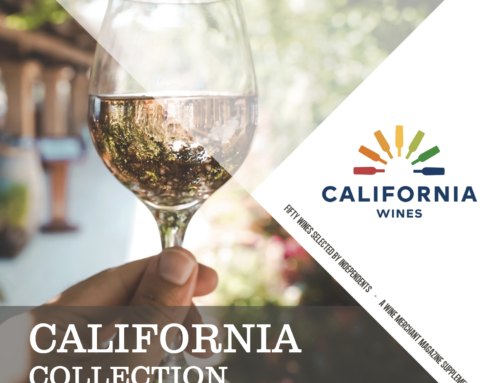

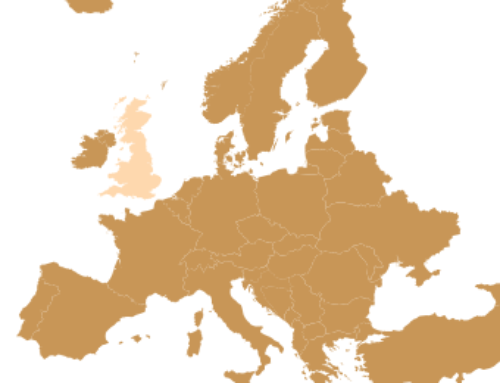
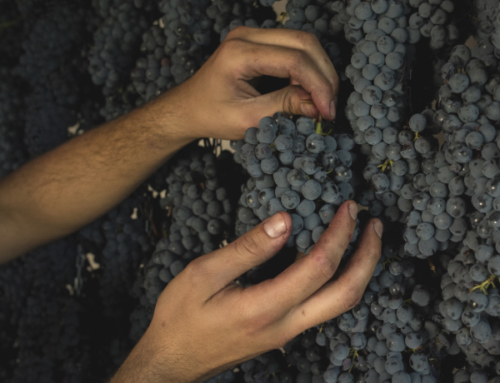
Leave A Comment